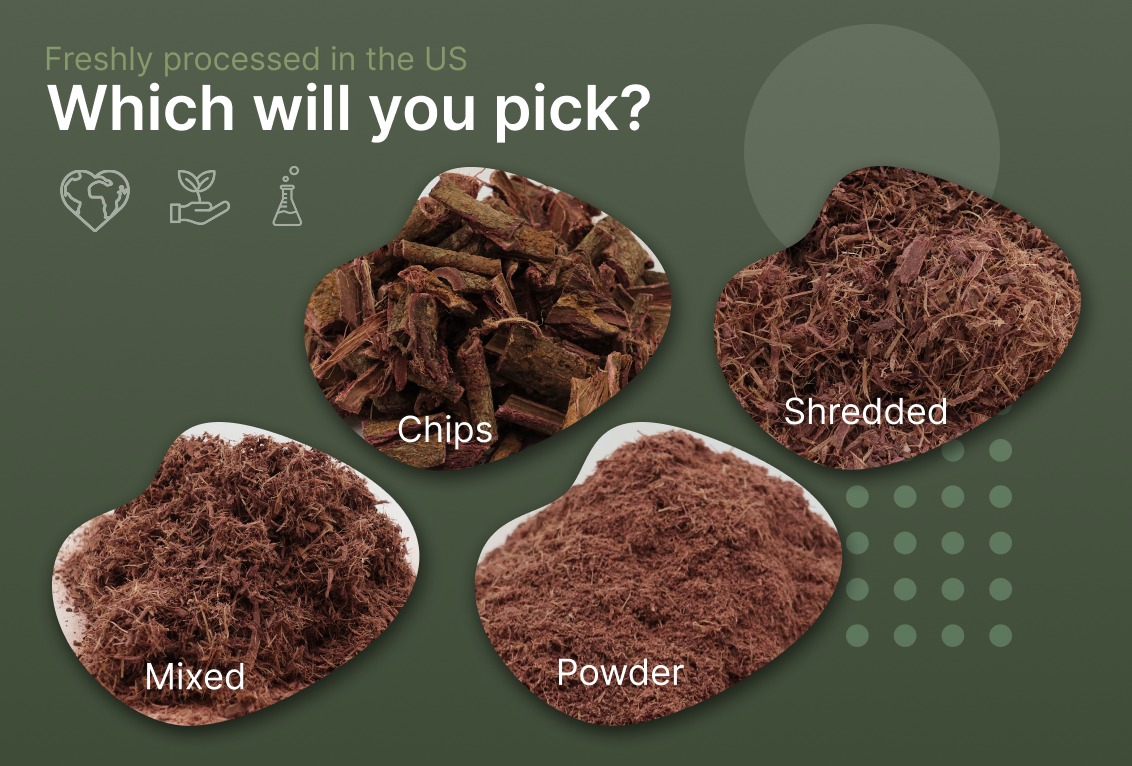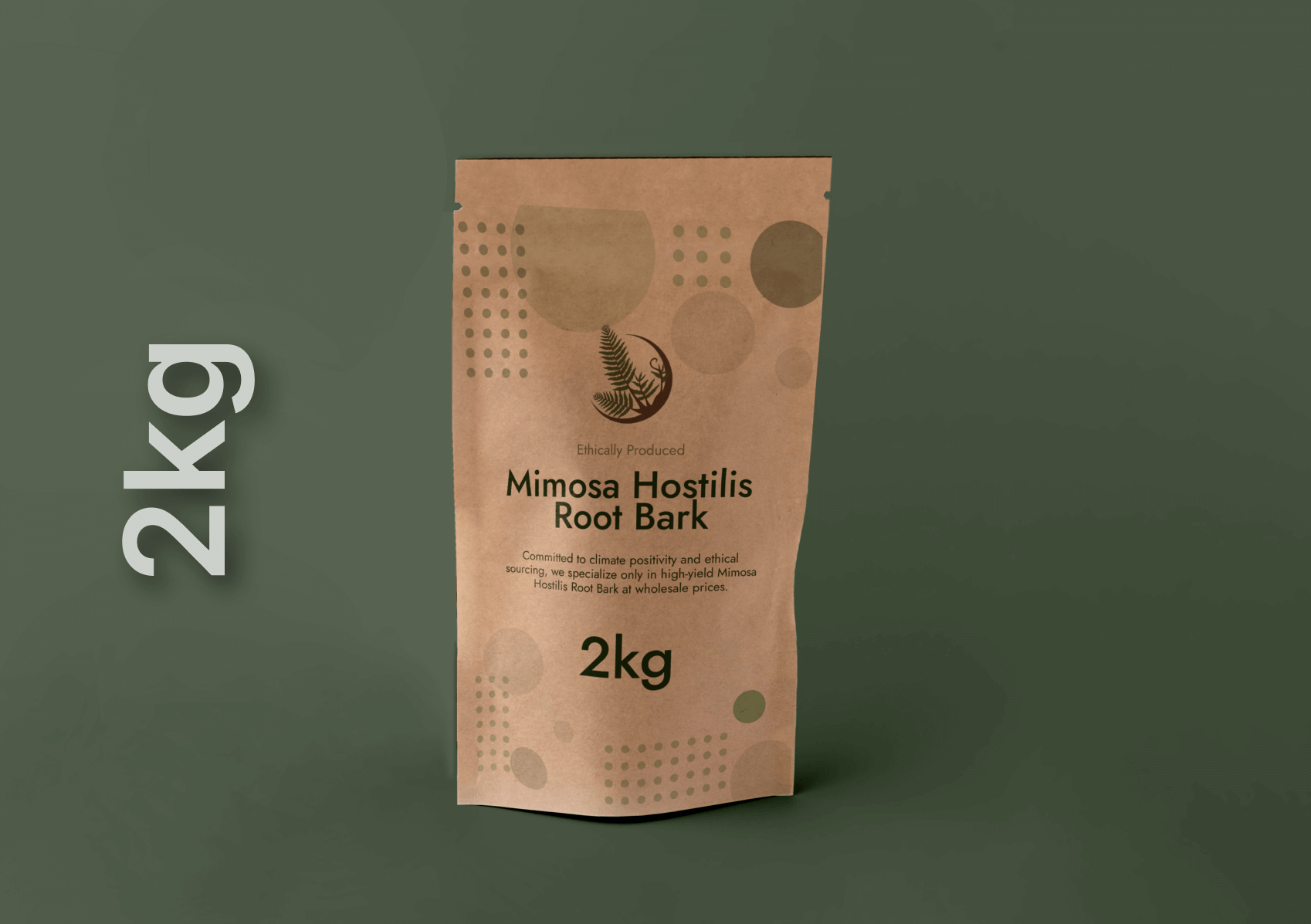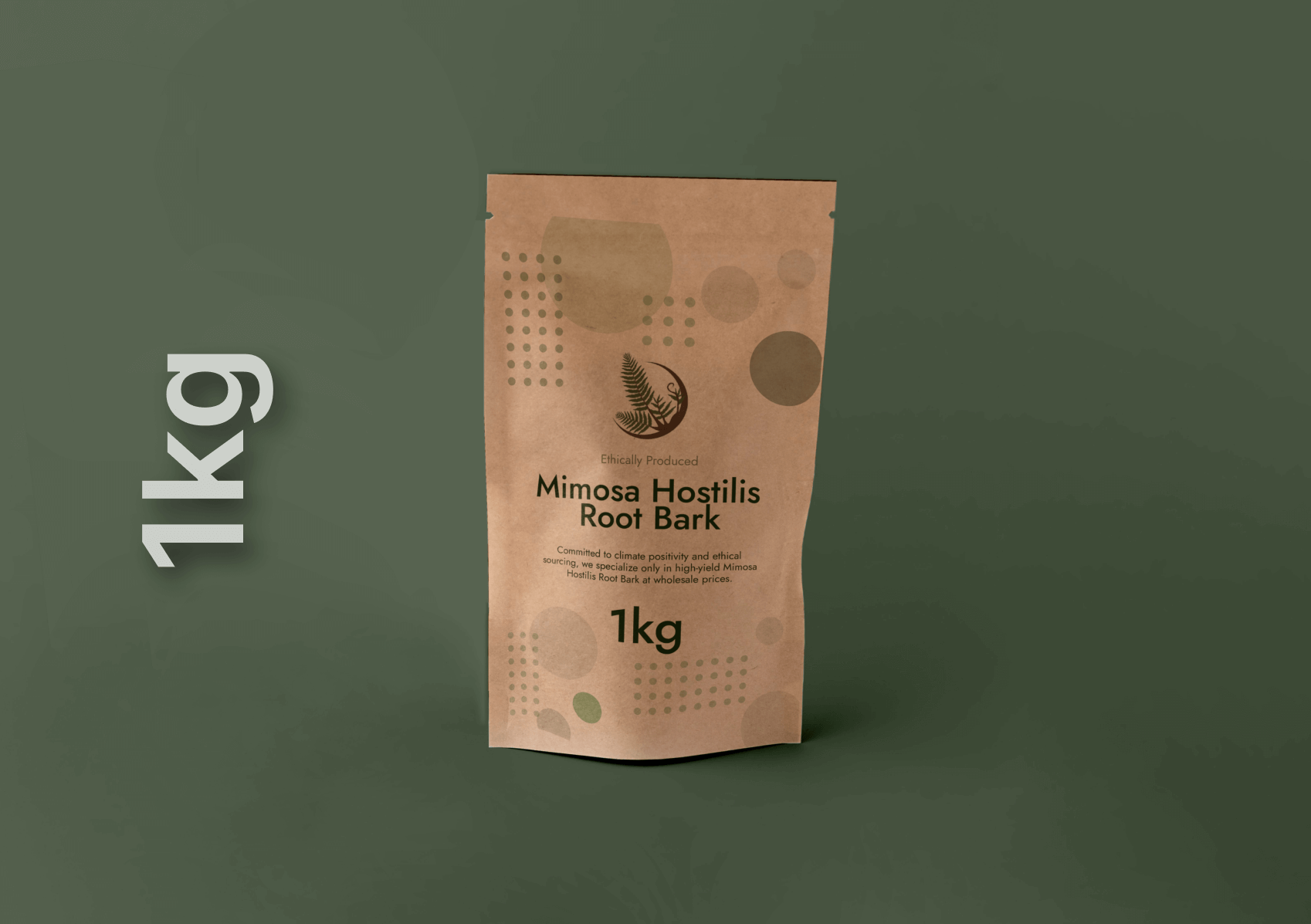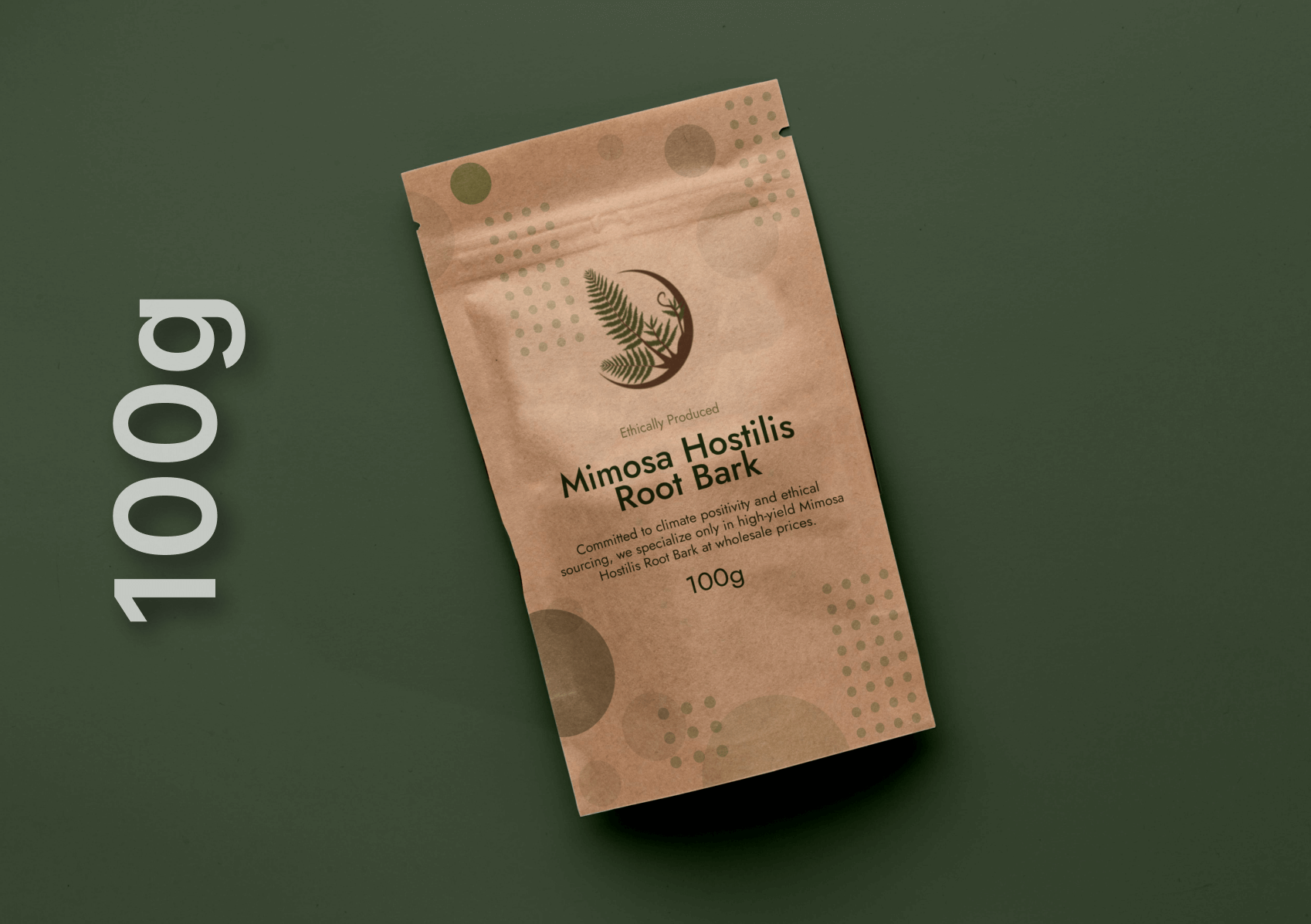Mimosa hostilis, known by many names including Tepezcohuite, Mimosa tenuiflora, Jurema Preta, and Black Jurema, among others, is a plant with a rich history and diverse applications. Often referred to interchangeably with its popular by-product, Mimosa hostilis root bark (MHRB), this plant has gained increasing recognition. This guide will help you understand the multifaceted nature of Mimosa hostilis, its various uses, and its origins. Explore the many benefits and cultural significance of this remarkable plant as its popularity continues to grow.
Native to South America With Distinctive Features
Mimosa hostilis is endemic to the Americas, spanning from Brazil to northern Mexico. It is a hardy plant, growing in arid desert steppes and lush rainforests. It appears as a large bush, growing quickly into a tree, reaching heights of up to 8 meters. It is distinctive in appearance, bearing spiny pink flowers in bloom, below which are fern-like leaves, extending from its rose bush-like spiny branches. Its exterior bark is reddish-brown, but its interior bark is a vastly more brilliant red, which is the part of the plant harvested for use in dyes. Mexican-grown MHRB is particularly prized for its richer color and higher potency, making it a superior choice for many applications.

Versatile Uses of MHRB
Dye making
Dye making is the first common usage of MHRB, and is commonly done using its powdered forms. MHRB powder/inner root bark powder are better because they are more fit to releasing their natural tannins, which hold the colors which dye clothes. When used in dye, the bark can create a wide range of reds, from lighter maroons to deep crimsons. But this plant has a range of applications beyond the aesthetic.
Medical usage
Mimosa hostilis is a hardy plant. After natural disasters, it is a pioneer plant, typically one of the first to grow on the razed land. It is often referred to as the ‘skin tree’, both for its applications in beauty and for more serious treatment of topical burns. In its native Mexico, it was used extensively for healing when medical supplies were limited following a string of volcanic eruptions that shook the country.
Spiritual usage
Beyond physical applications, it has been used for many years in ceremonies to heal the spirit. Spiritual leaders often brew the interior bark into a powerful tea for the purpose of connecting with their communities and surroundings. These ceremonies are widespread throughout the plant’s range. This continued usefulness has brought it now into the modern age, where it still maintains a place in the medicine cabinets of those who have had it passed down. Now, Mimosa hostilis is studied in medical settings, which may help to understand, at a chemical level, why it is as useful as it is.
Contemporary Applications in Beauty and Medicine
Today, following further study of its uses, Mimosa hostilis and its benefits are understood at a greater, deeper level. Typically referred to as tepezcohuite when used in beauty products, it is used for its anti-inflammatory properties, and because it is a natural product, it can be used as a precursor before artificial skincare products, which can have unpredictable, long lasting side effects. Its growing usage in serums, creams, soaps and more serves as an indication of its efficacy. It is still used in natural medicine, but to a lesser degree as modern medicine has become more widespread, and the usage of the plant more commercialized. Powdered MHRB is particularly favored in these applications due to its finer consistency, which allows for easier absorption and more even distribution in formulations. Shredded MHRB, while useful, requires additional processing to be as effective, making powdered MHRB the more convenient and efficient option for modern beauty and medicinal products.

Sustainability and Ethical Considerations
As usage of Mimosa hostilis spreads, there are concerns about the sustainability of more widespread usage, mostly relating to the plant’s longevity, as well as concerns for its identity in indigenous communities. There is a possibility that more destructive farming practices, at greater scale, could deeply harm the plant population, as opposed to the more selective, specific harvests engaged in by indigenous farmers and community members, which leave the plants alive. These selective practices also harvest the parts of the plant which are best for usage in most applications, so newer farming practices could result in worse, less efficacious products. This is why we find it important to provide products that are sourced ethically, with local labor, so that we can always provide a product we can stand behind, and for the environment.
Conclusion
In summary, Mimosa hostilis is a storied, varied plant holding a great deal of historical significance and a wide range of uses. It can be used in skincare, in dye, in medicine, and much more. As expansion of farming mimosa tenuiflora root bark begins, and as more begin to realize its utility, it will be exploited more than ever. Conservation may be necessary as the plant falls victim to commercialization, and utilizing ethical practices that keep the plants alive may be a crucial first step in this process.




